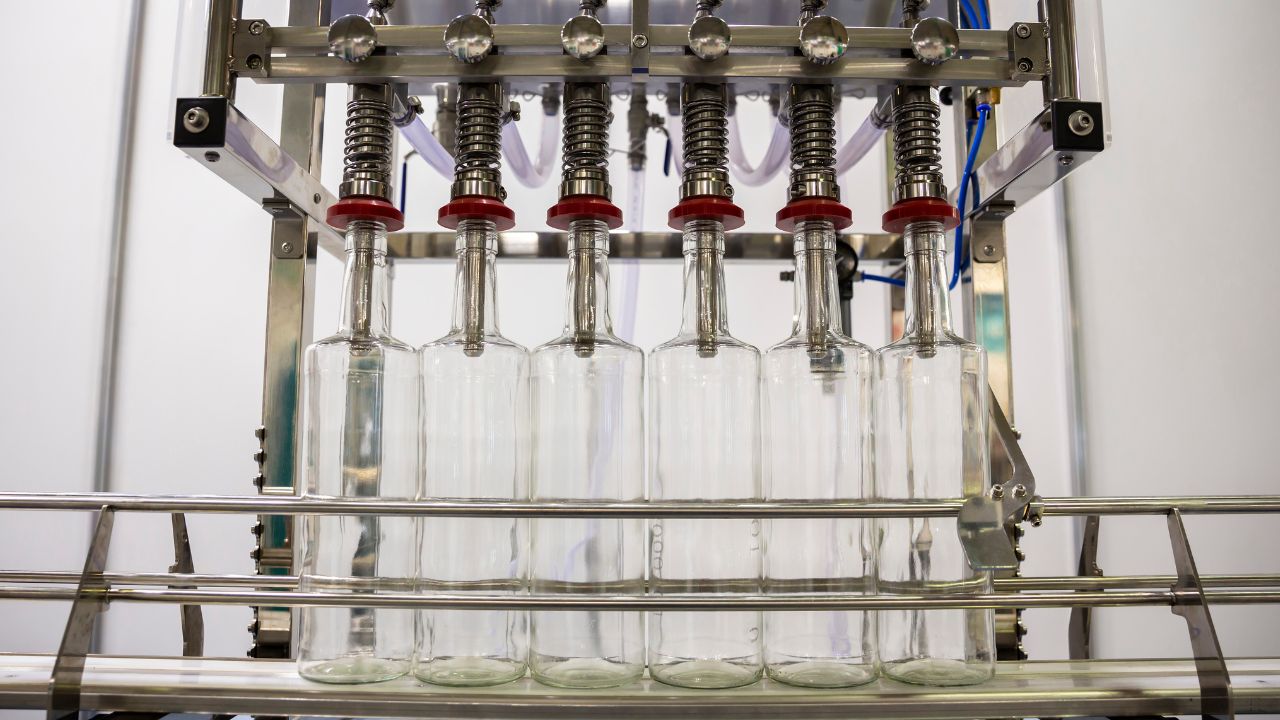Bottle filling machines are essential equipment in various industries, including food and beverage, pharmaceuticals, and cosmetics. These machines automate the process of filling bottles with liquids, powders, or granules, ensuring accuracy and efficiency.
Understanding the working principle of bottle filling machines can help businesses choose the right equipment for their production needs. Here’s a breakdown of how these machines operate.
Types of Bottle Filling Machines
Before diving into the working principle, it’s important to note that there are several types of bottle filling machines, including:
Gravity Fillers: Use gravity to fill bottles with liquids.
Piston Fillers: Utilize a piston mechanism to dispense a specific volume of liquid.
Vacuum Fillers: Create a vacuum to draw liquid into the bottle.
Pressure Fillers: Use pressure to push liquid into the bottle.
Each type has its unique mechanism, but the basic principles of operation are similar.
The Filling Process
The filling process generally involves the following steps:
a. Bottle Orientation
Automatic Feed: Bottles are fed into the machine through a conveyor system.
Orientation Mechanism: The machine ensures that bottles are correctly oriented for filling. This is crucial for maintaining efficiency and preventing spills.
b. Filling Mechanism
Nozzle Positioning: The filling nozzles are positioned above the bottles. Depending on the type of filling machine, the nozzles may be designed to prevent foaming or splashing.
Filling Action:
Gravity Fillers: The liquid flows from a tank through the nozzle into the bottle due to gravity.
Piston Fillers: A piston moves back to create a vacuum, drawing liquid into the chamber. When the piston moves forward, it pushes the liquid into the bottle.
Vacuum Fillers: A vacuum is created in the bottle, causing the liquid to be drawn in.
Pressure Fillers: Liquid is pushed into the bottle using air pressure.
c. Level Control
Sensors: Many modern filling machines are equipped with sensors that detect the fill level in each bottle.
Automatic Shut-off: Once the desired fill level is reached, the machine automatically shuts off the flow to prevent overfilling.
d. Capping and Labeling (Optional)
Capping: After filling, bottles may move to a capping station where caps are applied automatically.
Labeling: Some machines also include labeling systems that apply labels to the filled bottles.
Quality Control
Regular Calibration: To ensure accuracy, bottle filling machines require regular calibration and maintenance.
Testing: Quality control measures, such as testing fill levels and inspecting for leaks, are essential to maintain product quality.
Conclusion
Understanding the working principle of bottle filling machines is crucial for businesses looking to enhance their production processes.
By knowing how these machines operate, companies can make informed decisions when selecting equipment that meets their specific needs.
Whether you are considering gravity fillers, piston fillers, or vacuum fillers, each type offers unique advantages that can improve efficiency and accuracy in your production line. For those interested in expanding their operations, exploring options for bottle filling machine wholesale can provide cost-effective solutions to meet growing demands.


